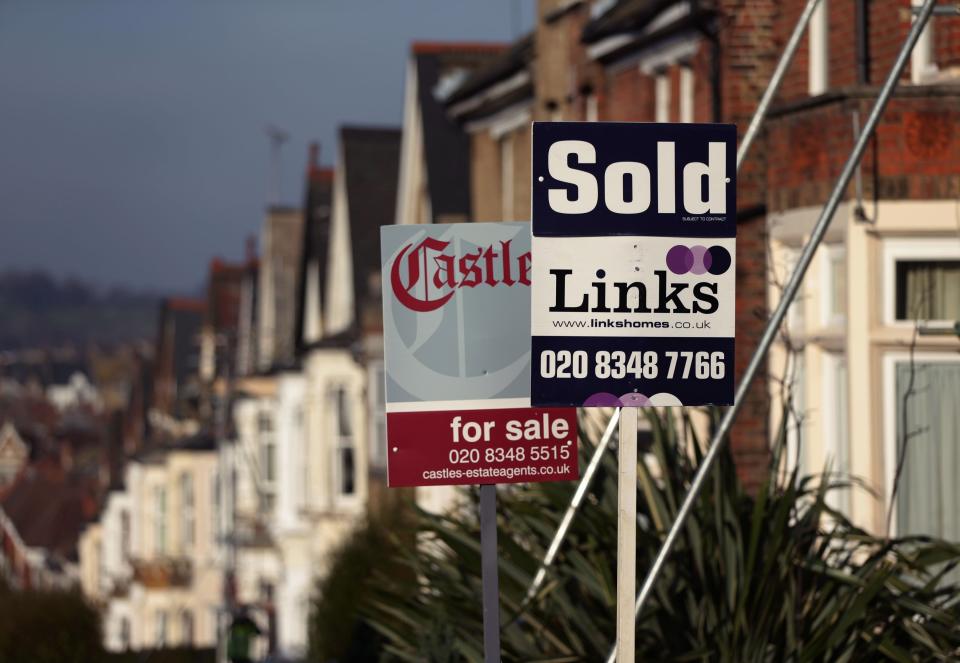UK house prices surge £20,000 to new record high, Halifax reports

Prices had been boosted by buyers who have built up savings during lockdown
(PA)House prices jumped 8.2 per cent in the past year to a new record high, according to Halifax.
The lender reported an average sold price of £258,204 in April, up 1.4 per cent on the previous month. Almost £20,000 has been added to the average cost of a home since April 2020.
Halifax said prices had been boosted by buyers who have built up savings during lockdown taking advantage of a tax break on property purchases and more government subsidies for people with a small deposit. The lender predicts that the pace of house price growth will slow later in the year.
Russell Galley, managing director at Halifax, said: “The stamp duty holiday continues to add impetus to an extremely active market, magnifying the current shortage of available homes as buyers aim to take advantage of the government scheme.
“The influence of the stamp duty holiday will fade gradually over the coming months as it’s tapered out but low stock levels, low interest rates and continued demand is likely to continue to underpin prices in the market.
“However, we do expect recent levels of activity to be sustained over the short term as buyers continue to search for homes with more space and potentially better suited for their new working patterns.
He added: “Savings built up over the months in lockdown have given some buyers even more cash to invest in their dream properties, while the new mortgage guarantee scheme may have eased deposit constraints for some prospective home buyers who previously thought their first step on the housing ladder was a few years away.”
The stamp duty holiday, which applies in England and Northern Ireland, was extended in March.
In April, a government-backed mortgage scheme has prompted a number of major lenders to launch deals for people with a 5 per cent deposit.
Tomer Aboody, director of property lender MT Finance, said: “A combination of market confidence, along with growing optimism thanks to the vaccine rollout, is likely to strengthen the economy in the short term at least.”
Jeremy Leaf, a north London estate agent and a former residential chairman of the Royal Institution of Chartered Surveyors (Rics) said: “These record figures reflect not just what’s been happening to the property market in the past few months but add to growing confidence over the longer term sustainability of the recovery.
“In particular, the increase in new potential buyers we have seen on the ground who have little chance of profiting from the stamp duty holiday which prompted so many earlier moves, as well as buyers using savings they have been able to accumulate during lockdown.
“Limited supply and faster vaccine rollout is driving activity and upward pressure on prices. Values may soften when tapering of the stamp duty begins and furlough ends but the pace is likely to slow rather than prices changing dramatically.”
Read More
UK Covid-19 vaccinations: Latest figures
FTSE 100 edges above 7,100 with easing Covid restrictions, Sensex and Nifty open positive
A TV ad boom is on the way but long-term trends look troubling for broadcasters

 Yahoo Finance
Yahoo Finance 